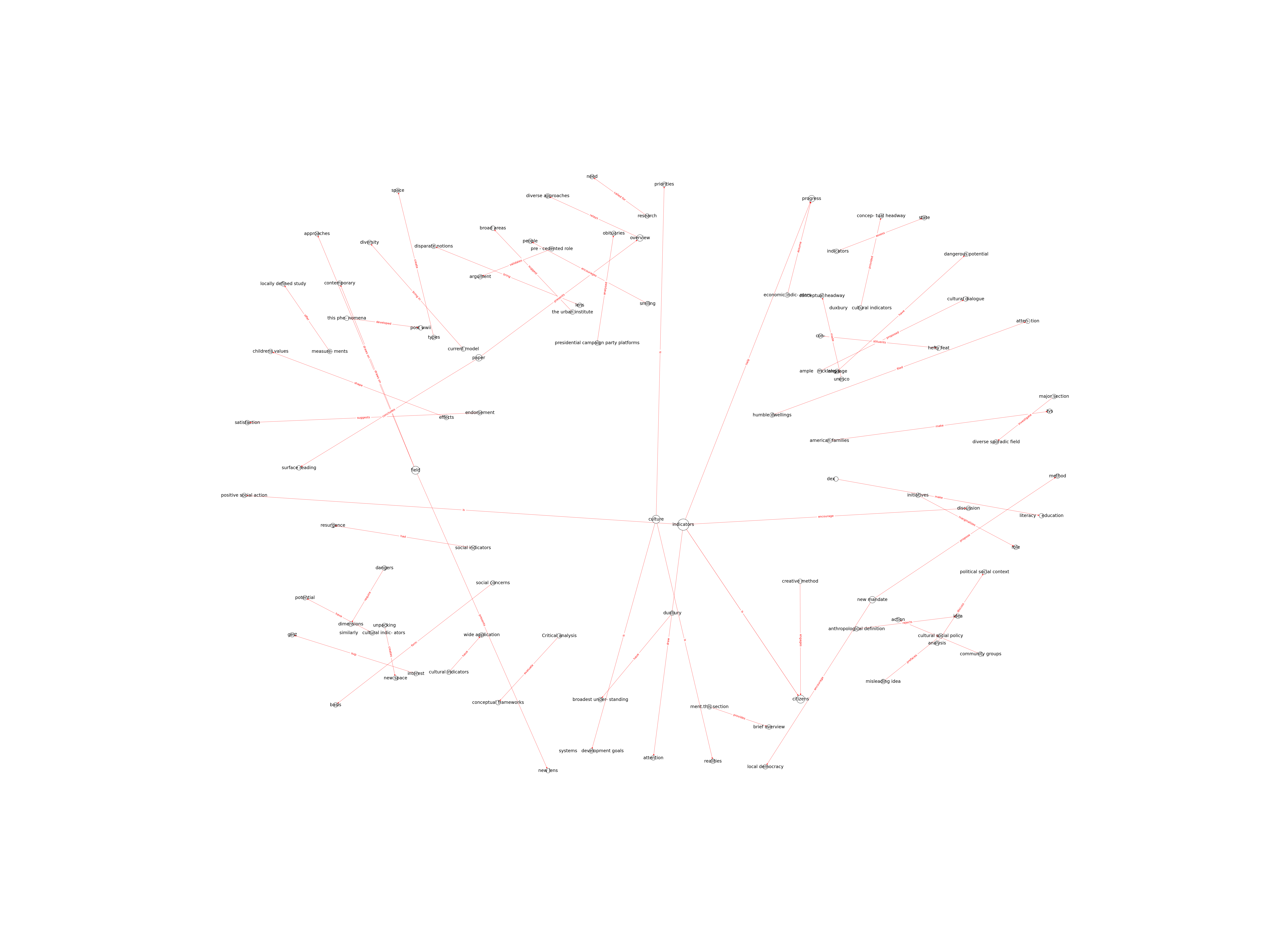| Id | 208 | |
| Author | Badham, M., | |
| Title | Cultural Indicators: Tools for Community Engagement? | |
| Reference | Badham, M. (2009). "Cultural Indicators: Tools for Community Engagement?" The International Journal of the Arts in Society 3(5). |
|
| Keywords | Cultural Indicators; Cultural Democracy; Community Engagement |
|
| Link to article | https://doi.org/10.18848/1833-1866/CGP/v03i05/35525 |
|
| Abstract | As our world becomes more heterogenous and experiences ongoing conflict, “Whose culture is valued?” is a crucial question. Traditionally, mainstream culture has been exclusive, dominated by the tastes of the powerful, manifesting in built environments, social interactions, and interpretation of history. Without understanding culture more broadly as “ways of life”, the potential to develop creative and resilient societies may be lost. Indicators attempt to measure progress, with respect to our goals and values: where we have been, where we are now, and where we anticipate going in the future. Post-industrial society has concerned itself not only with economic measurement, but now also social performance. Today, here are many notable efforts reflecting unique community values, community progress, promoting engagement and evidence based policy development. There are also numerous shortcomings in this field, including major conceptual challenges and the issue of statistics, which can be subject to various configurations and interpretation. This paper presents an overview of Cultural Indicators contexts: comparative community wellbeing frameworks based on government policy priorities (Australia, Canada), broad international goals for cultural development and human rights (UNESCO, OECD), and creative indexes of cities for marketing purposes (China, USA). Critical analysis will evaluate their conceptual frameworks, methods of engagement, intended audience, scope, collection of data, and interpretations of “culture”. The research suggests that there may be a more useful approach to cultural indicators. The paper is also interested in a number of emerging initiatives in which cultural indicators can be tools for community engagement and cultural democracy. The paper concludes with offerings of innovative research into catalytic engagement processes with underserved communities and future impacts on public policy. |
|
| Metodology | Critical analysis of different Cultural Indicators contexts around the world |
Technique | Document analysis; Desk research |

Note: Due to lack of computing power, results have been previously created and saved in database


